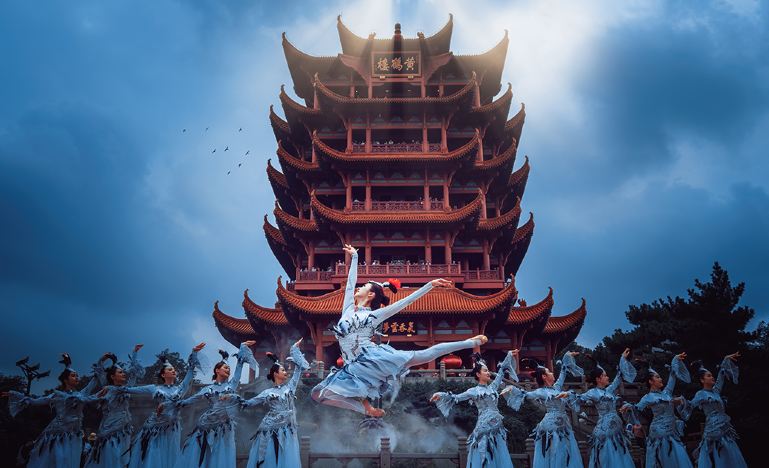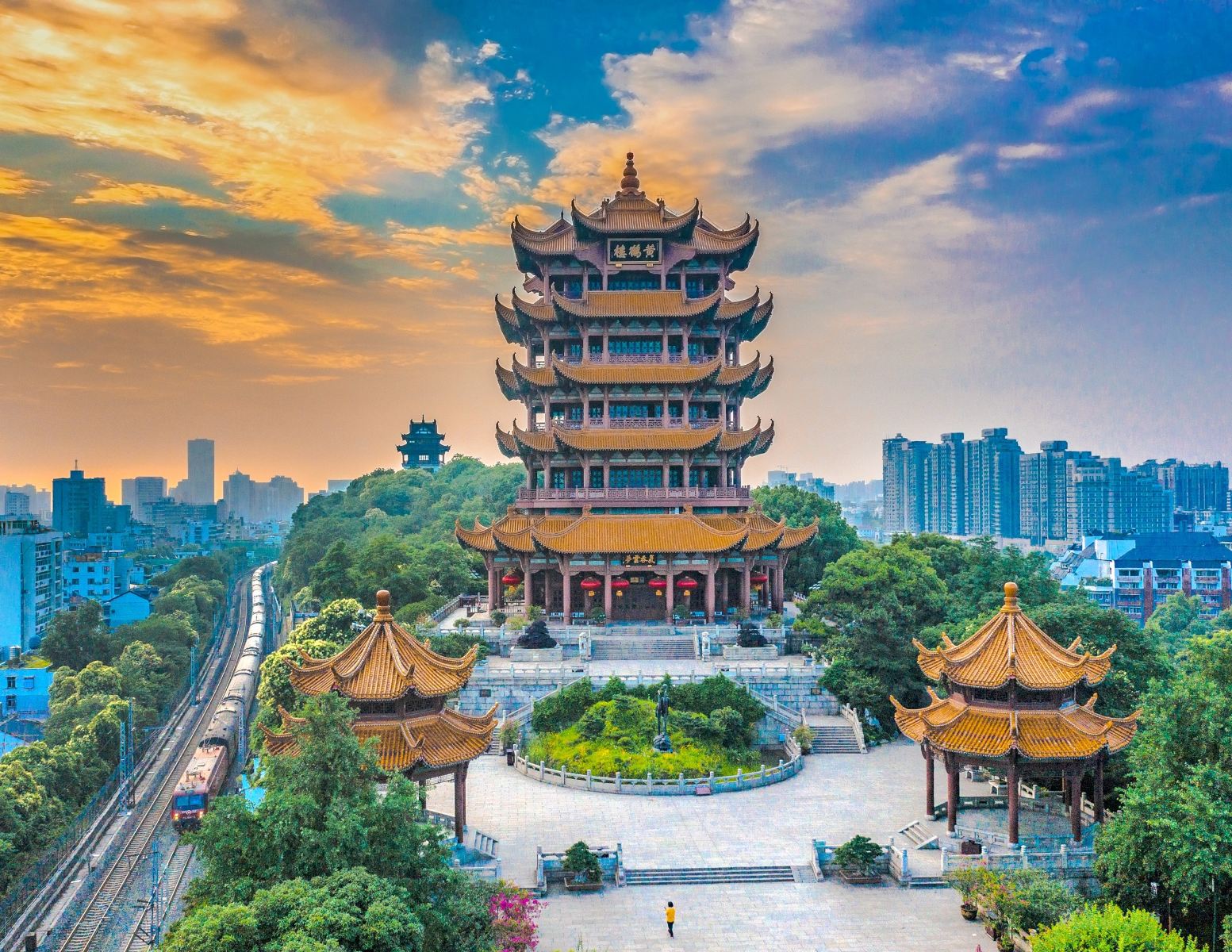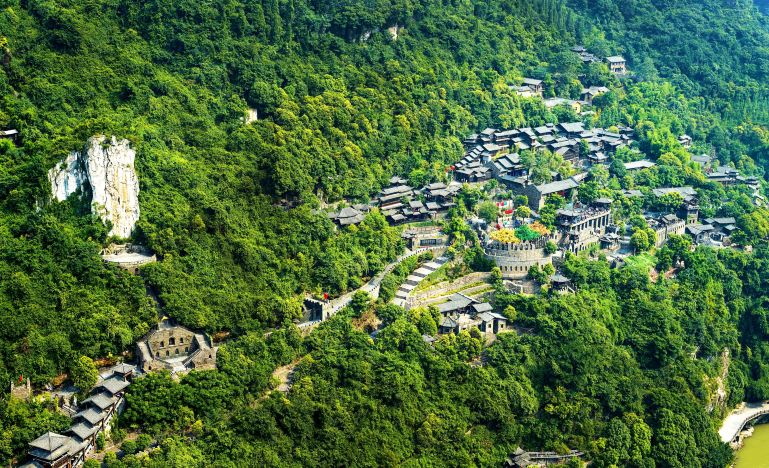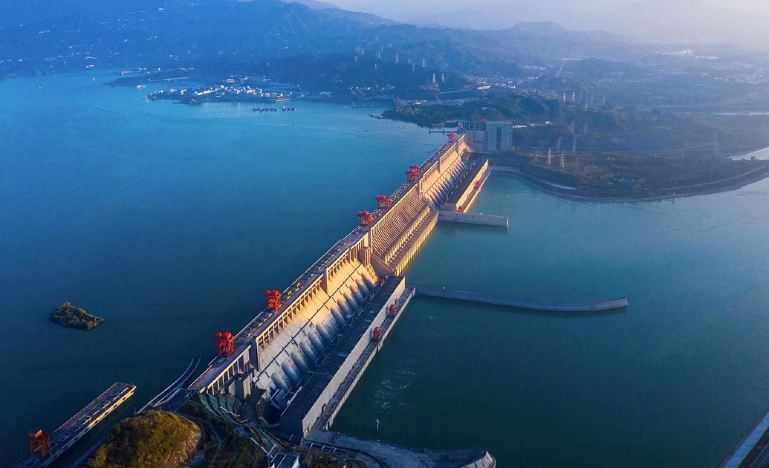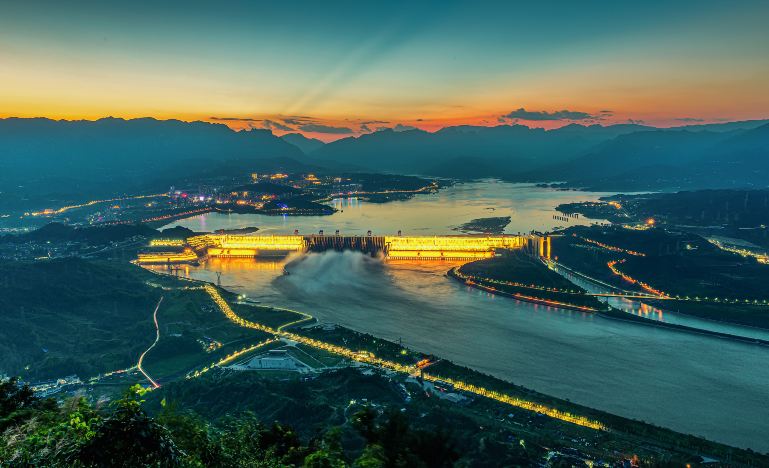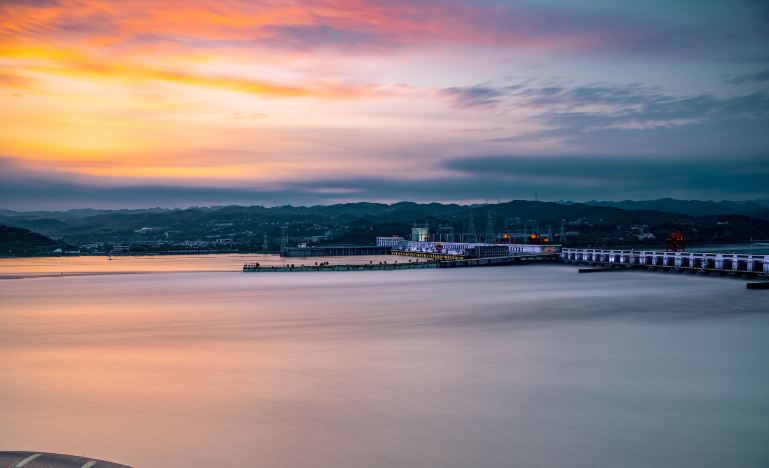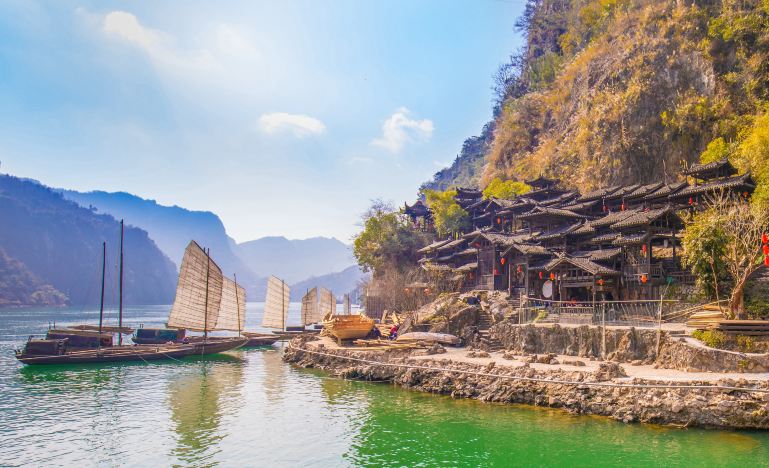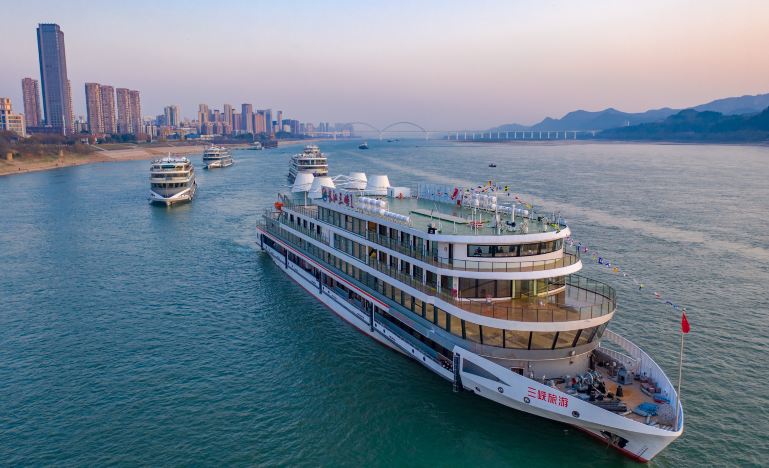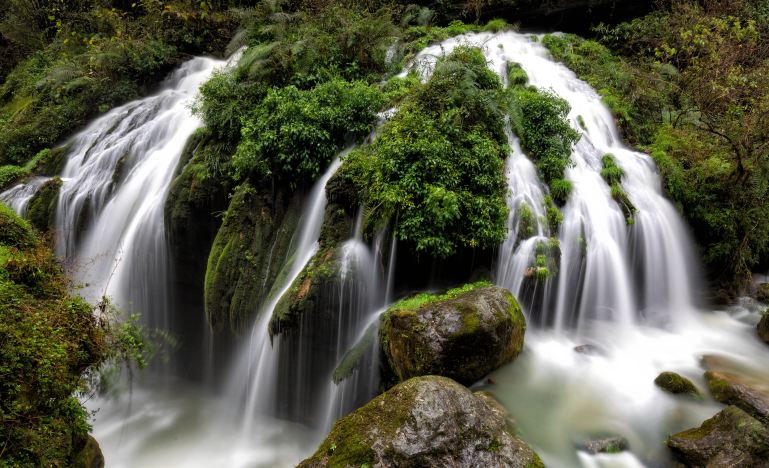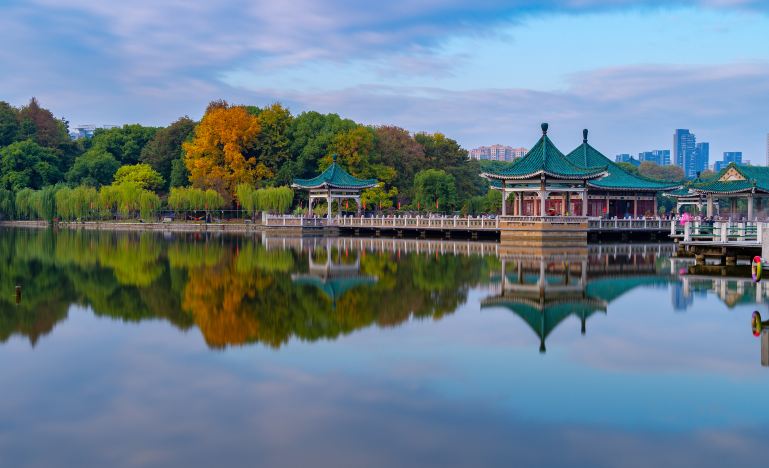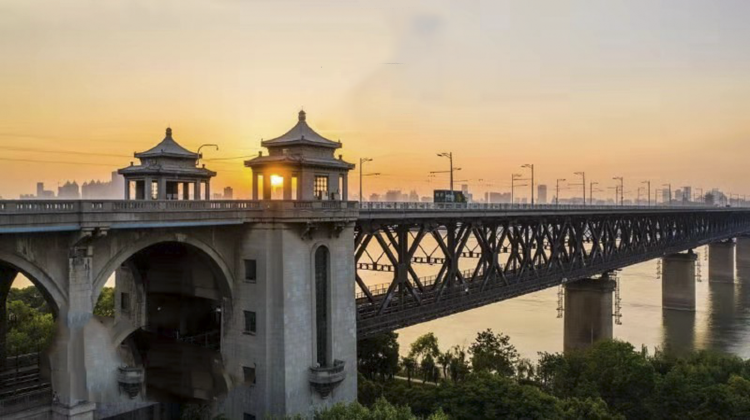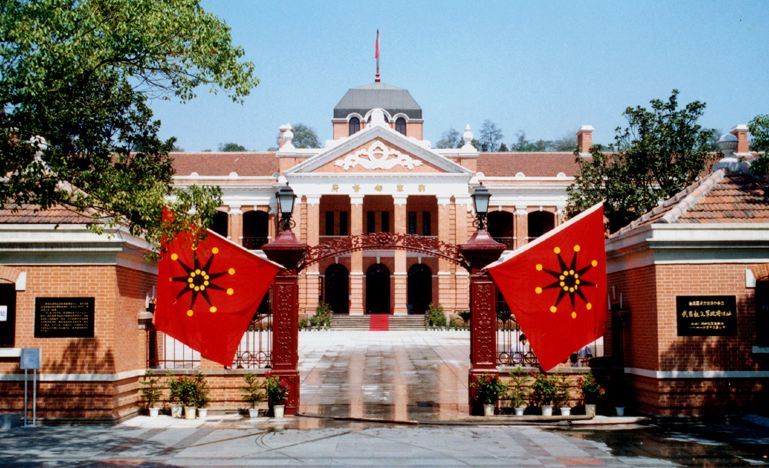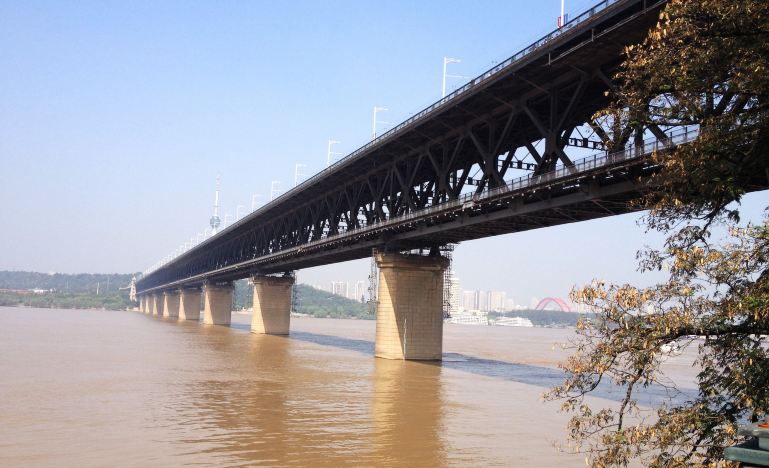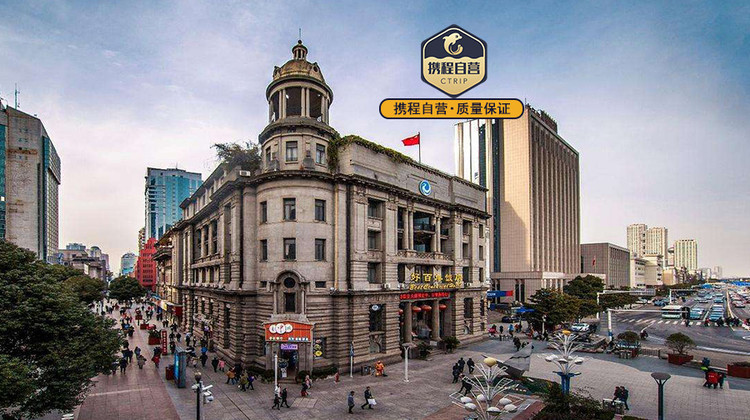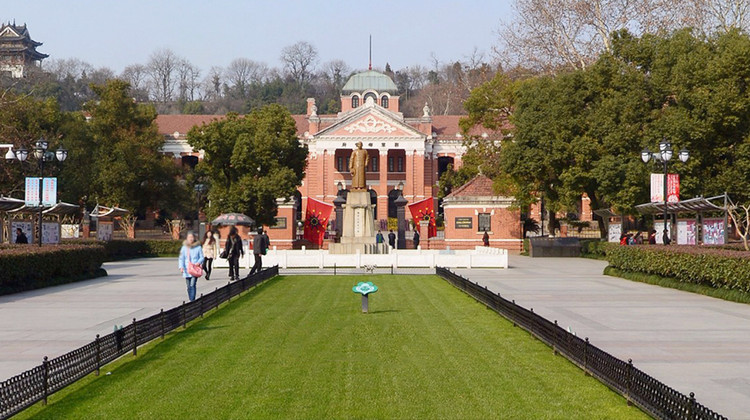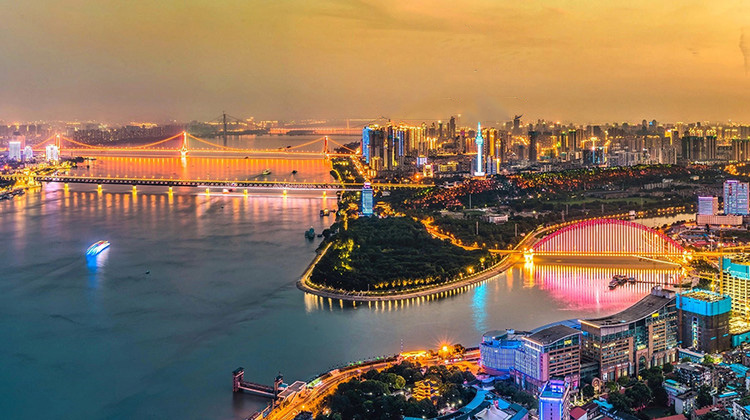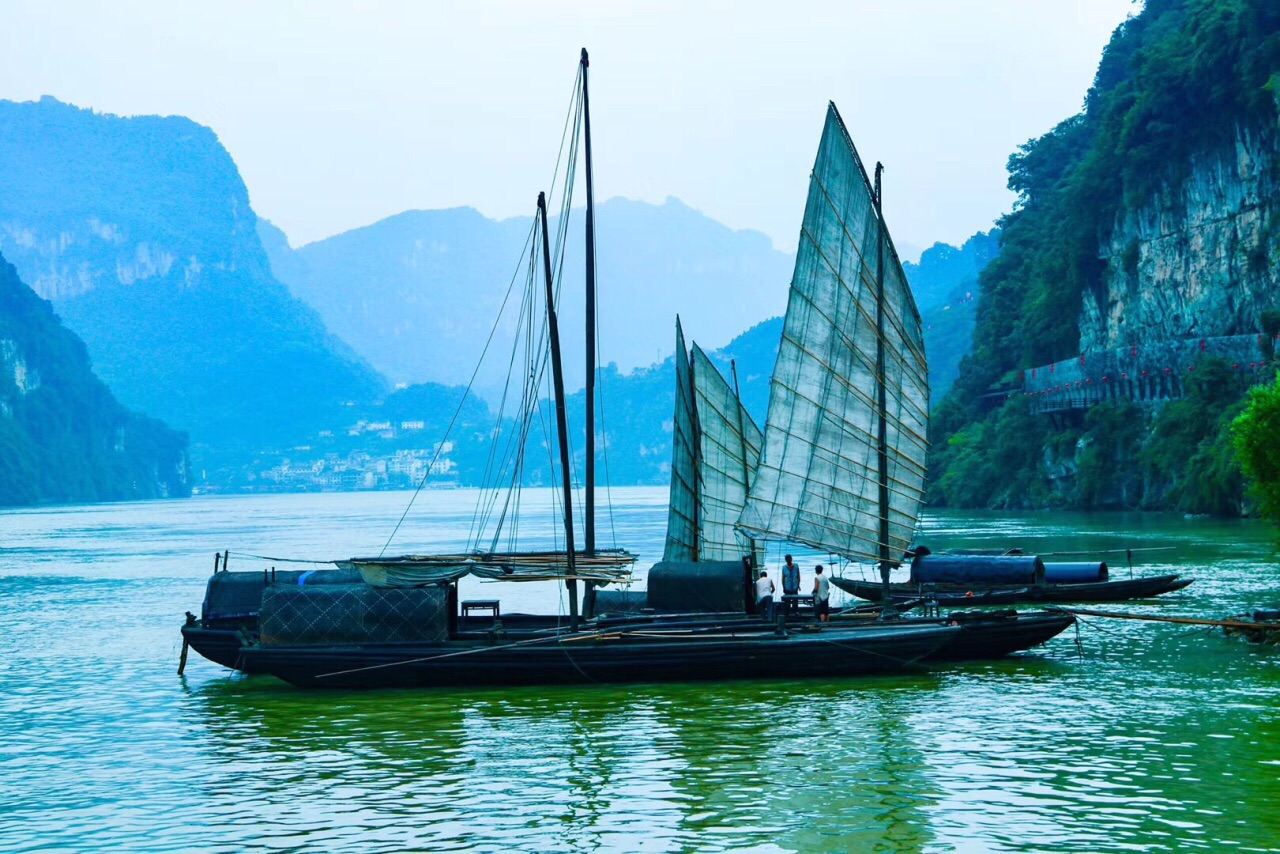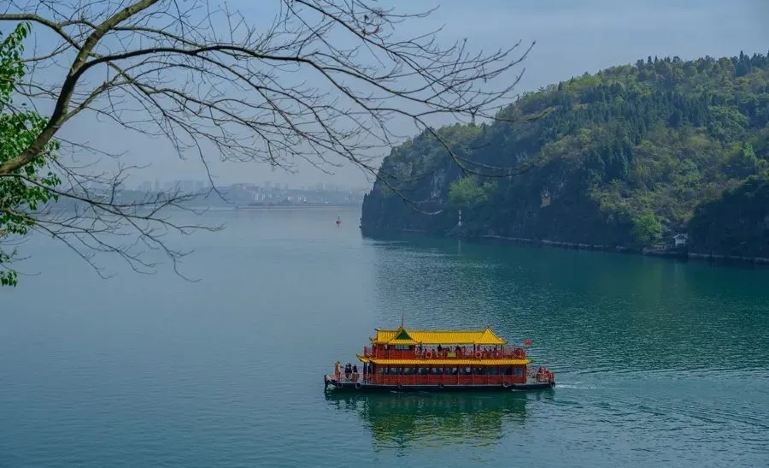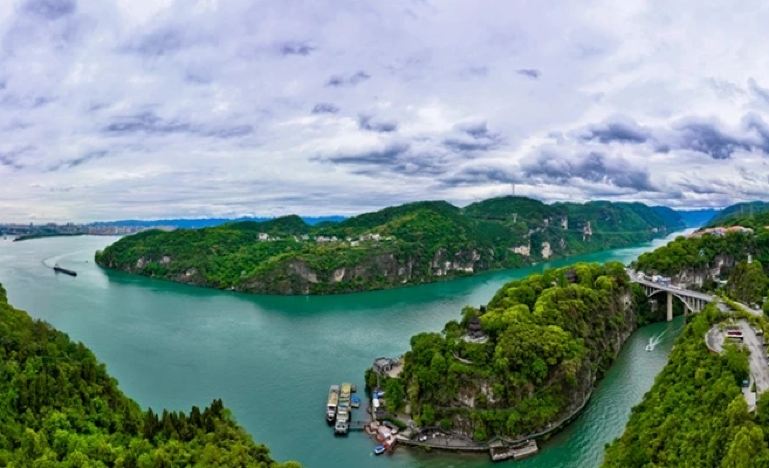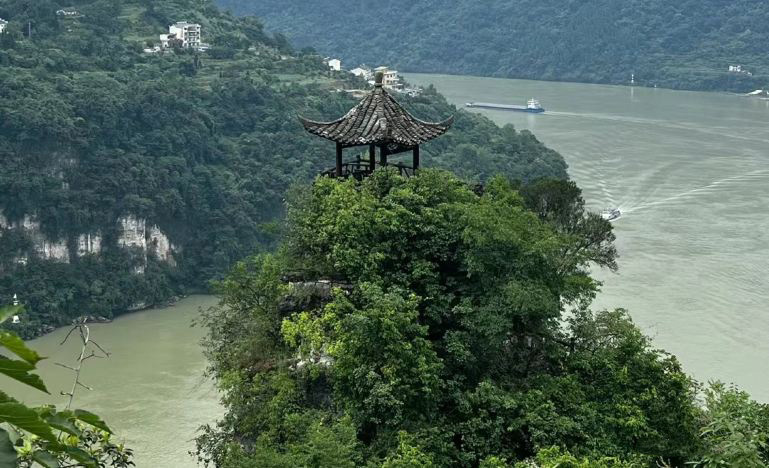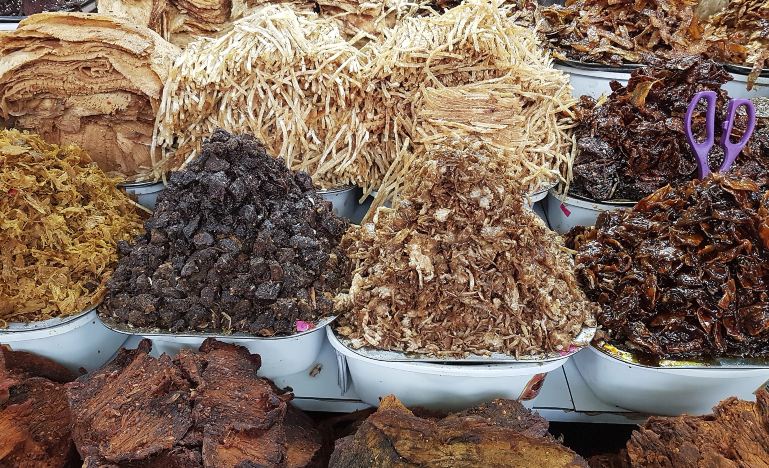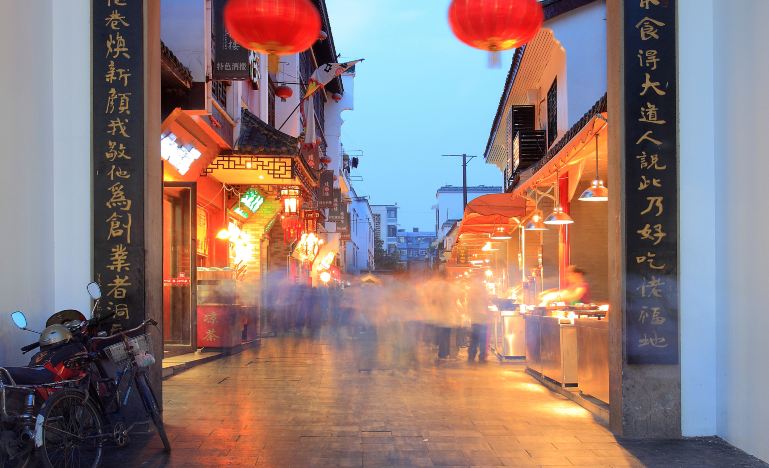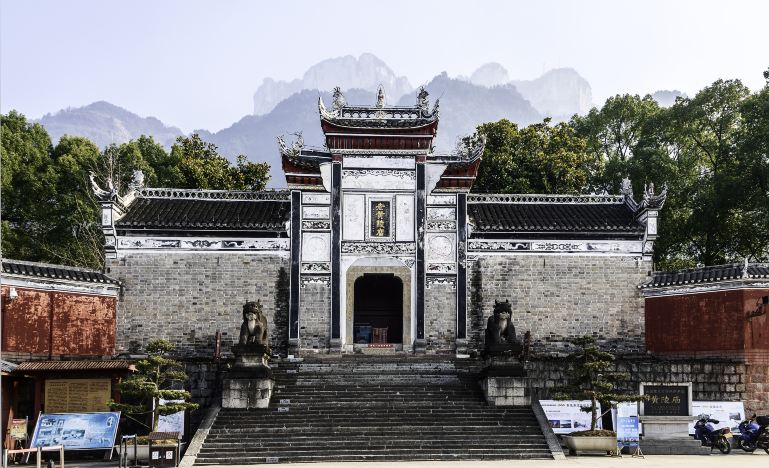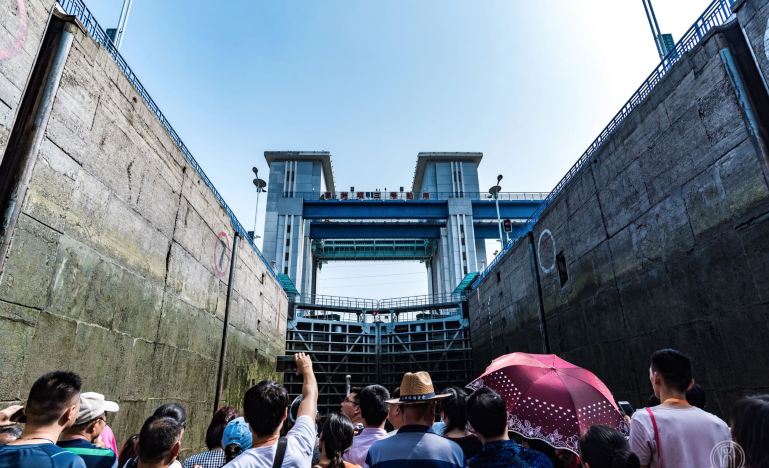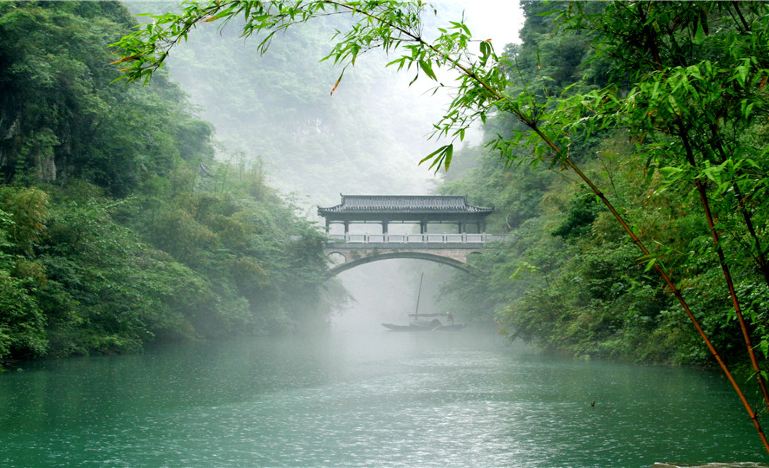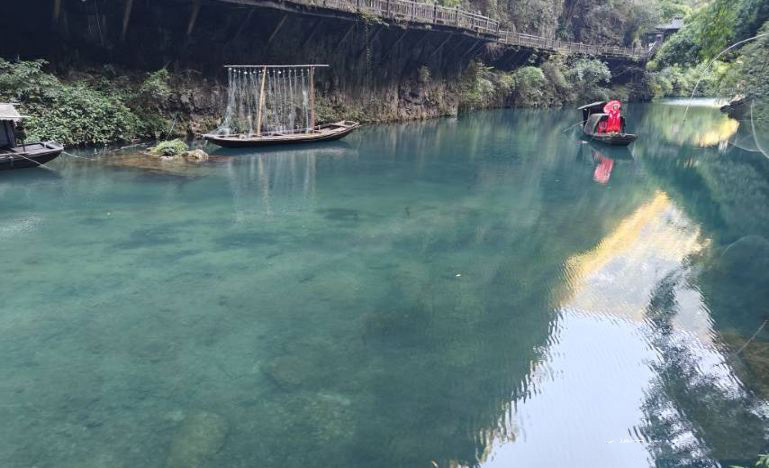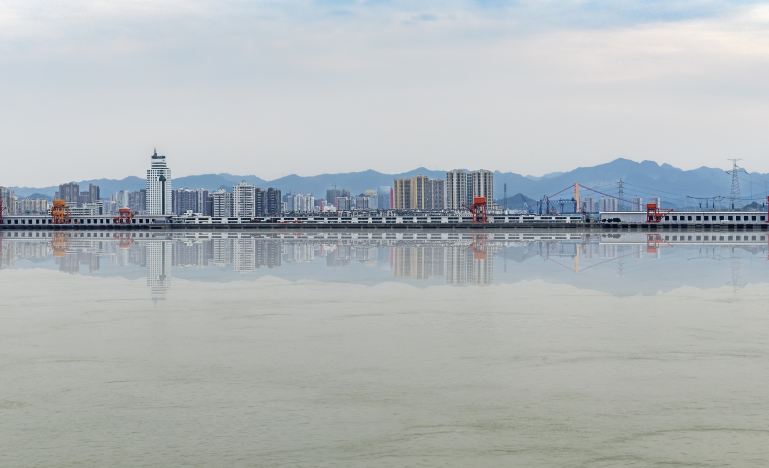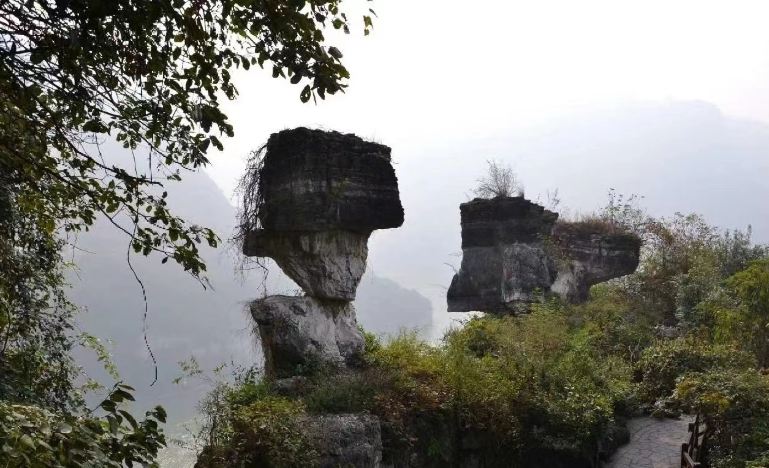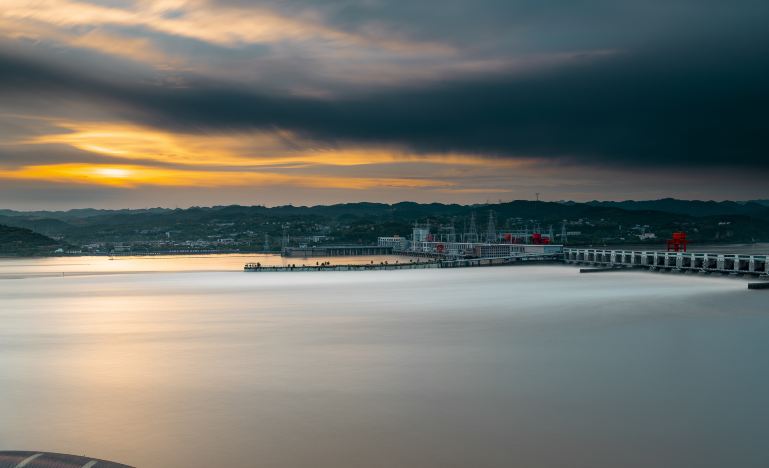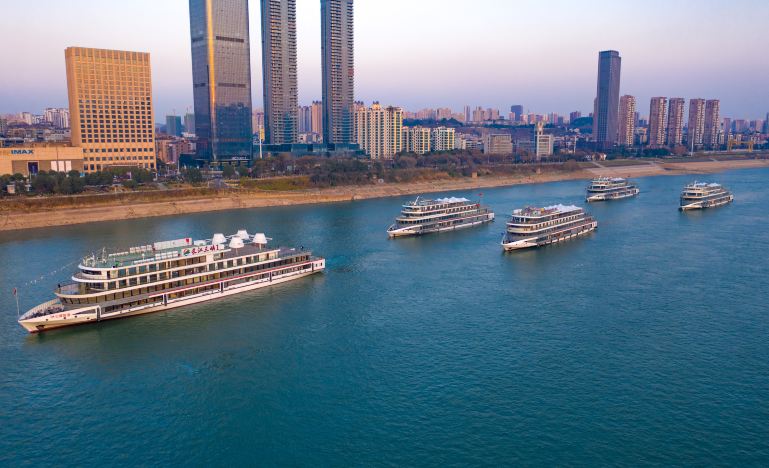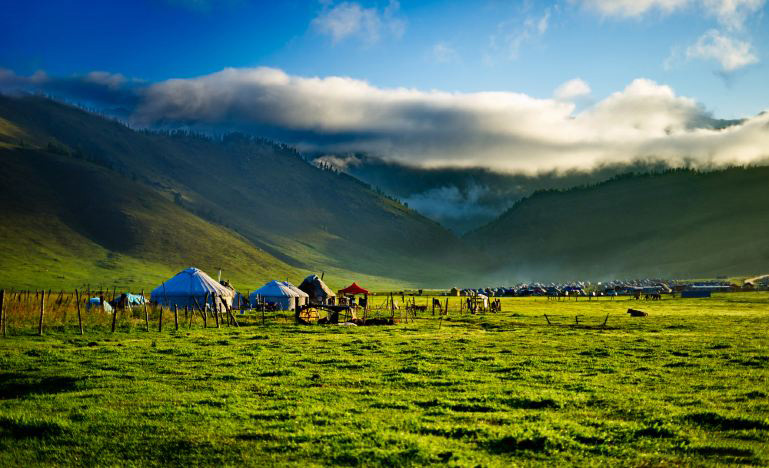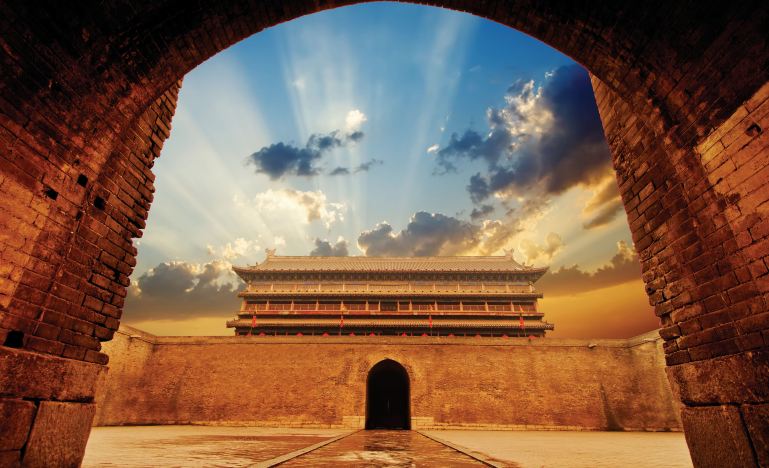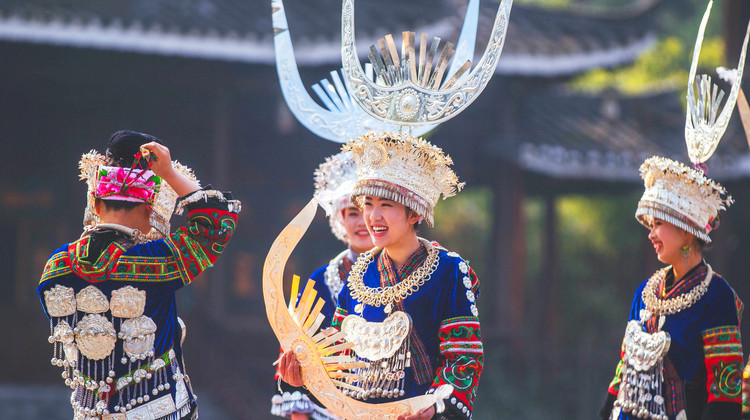Yichang + Three Gorges Dam + Three Gorges Folklife Area + Wuhan + Yellow Crane Tower 5-Day 4-Night Trip
👍 Discover the signature 5A-level scenic spots and all popular attractions of the Han-Yichang twin cities!
👍 Sail through the Gezhouba Locks and experience the unique phenomenon of the ship rising with the water level!
👍 Climb the Yellow Crane Tower for a panoramic view of the Yangtze River Bridge, taking in the beautiful scenery of the riverside city!
👍 Visit the Hubei Provincial Museum, the Xinhai Revolution Memorial Hall, and stroll through the bustling Hubu Alley for a taste of local cuisine!
👍 Admire the unspoiled scenery of Xiling Gorge and witness the engineering marvel of the Three Gorges Dam!
Note:
- The trip will start from Yichang, please pay attention to the time
Itinerary
Free activities
Recommendations: Binjiang Park, CBD Central Street, Yichang Urban Planning Exhibition Hall
Culinary delights to savor: Sanyou Immortal Chicken, Spicy Oil Noodles, Radish Dumplings, Dingding Cake, Liangxia (a refreshing summer dessert), Yiling Spring Rolls.
The Three Gorges Folklife Area scenic spot is located in Shipai Village, Sandouping Town, Yiling District, Yichang City, Hubei Province. It is a natural scenic area that combines natural landscapes and regional culture, covering an area of 14 square kilometers. The scenic spot officially opened in 2003. It is located in the Yangtze River Basin, in the Dengying Gorge section of Xiling Gorge, between two dams and one gorge.
The Three Gorges Folklife Area has a long history and a rich cultural heritage, including ancient Ba and Chu cultures, the Tujia ethnic group, and the culture of the Three Gorges people. It also features 11 intangible cultural heritage performance items such as Yichang silk and bamboo music, shadow puppetry, and Sanbang Drum, among which there are 5 national-level intangible cultural heritage projects, including the Yangtze Gorge Hauler’s Chant, Yichang Silk and Bamboo Music, Nan Qu, Sanyin Song (Xingshan Folk Song), and Haocao Luogu. Poets such as Li Daoyuan, Li Bai, Lu You, and Guo Moruo have also left many poems here. The scenic spot is mainly divided into the Stone Tablet Fortress, the Age of Chaos, the Charm of Longxi, and the Three Gorges Folklife Area, which includes attractions such as the Stone Tablet Anti-Japanese War Memorial Hall, Ba King Village, Tai Chi Cat Cave, and Longjin Stream. The scenic area has a humid subtropical monsoon climate and belongs to the limestone weathering area, with the terrain being high in the northwest and low in the southeast. As Xiling Gorge is not affected by the water storage of the Three Gorges Dam, it has retained its original appearance.
The Three Gorges Folklife Area scenic spot has also been awarded the title of “China’s Most Internationally Influential Tourist Destination,” the first batch of “Civilized Scenic Tourist Areas” in Hubei Province, “Top Ten Scenic Spots in Hubei Province,” “Hubei Province Ecological Civilization Construction Demonstration Base,” and “Hubei Province Advanced Unit for External Opening,” attracting friends from all over the world to visit.
In 2011, the Three Gorges Folklife Area in Yichang City was rated as a 5A-level tourist attraction by the Ministry of Culture and Tourism of the People’s Republic of China.
The Three Gorges Dam (simplified Chinese: 三峡大坝; traditional Chinese: 三峽大壩; pinyin: Sānxiá Dàbà) is a hydroelectric gravity dam that spans the Yangtze River near Sandouping in Yiling District, Yichang, Hubei province, central China, downstream of the Three Gorges. The world’s largest power station in terms of installed capacity (22,500 MW), the Three Gorges Dam generates 95±20 TWh of electricity per year on average, depending on the amount of precipitation in the river basin. After the extensive monsoon rainfalls of 2020, the dam’s annual production reached nearly 112 TWh, breaking the previous world record of ~103 TWh set by Itaipu Dam in 2016.
The dam’s body was completed in 2006; the power plant was completed and fully operational by 2012, when the last of the main water turbines in the underground plant began production. Each of the main water turbines has a capacity of 700 MWCombining the capacity of the dam’s 32 main turbines with the two smaller generators (50 MW each) that provide power to the plant itself, the total electric generating capacity of the Three Gorges Dam is 22,500 MW. The last major component of the project, the ship lift, was completed in 2015.
In addition to generating electricity, the dam was designed to increase the Yangtze River’s shipping capacity. By providing flood storage space, the dam reduces the potential for flooding downstream, which historically plagued the Yangtze Plain. In 1931, floods on the river caused the deaths of up to 4 million people. As a result, China regards the project as a monumental social and economical success, with the design of state-of-the-art large turbines and a move toward limiting greenhouse gas emissions.
- East Lake Tingtao Scenic Area: Enjoy the tranquility and natural beauty of East Lake, known for its picturesque landscapes and the gentle waves lapping the shores, offering a serene setting for relaxation and reflection.
- Hubei Provincial Museum / Hubei Art Museum: Delve into the region’s rich history and cultural heritage at the Hubei Provincial Museum, home to a vast collection of artifacts and historical exhibits. For art enthusiasts, the Hubei Art Museum showcases a variety of artistic expressions and collections.
- Hubu Alley: Immerse yourself in the bustling atmosphere of Hubu Alley, a popular food street where you can sample a wide array of local delicacies and experience the local food culture.
-
Yellow Crane Tower: Ascend the iconic Yellow Crane Tower, one of the most famous pavilions in Jiangnan, offering panoramic views of the Yangtze River and the cityscape. This historic site is also a great spot to appreciate the engineering feat of the Yangtze River Bridge.
Wuhan is a paradise for food lovers, famous for its diverse range of snacks and traditional dishes. On your last day, you can indulge in some of Wuhan’s signature culinary delights:
- Hot and Dry Noodles: One of Wuhan’s most famous snacks, known for its unique texture and seasoning, it is one of the four great noodles of China.
- Bean Skin: A specialty snack made from mung bean and rice batter wrapped around a meat filling, offering a crispy exterior and soft interior, savory and delicious.
- Duck Necks: Popular throughout the country for their distinctive spicy flavor, duck necks are another signature snack from Wuhan.
- Pork Rib and Lotus Root Soup: A well-known dish from Hubei that combines the sweetness of lotus root with the rich flavor of pork ribs, a delicious soup for autumn and winter seasons.
- Wuchang Fish: Steamed Wuchang fish is a famous dish from Hubei, made with fresh Wuchang fish, known for its smooth and delicate taste, and fresh fragrance.
- Braised Prawns in Oil: Qianjiang-style braised prawns are known for their spiciness, rich oil, and strong flavor, a popular dish in Wuhan during the summer.
- Fresh Fish Porridge Noodles: A historic Wuhan snack made with a soup simmered from small crucian carp paired with smooth rice noodles, full of fresh flavor and thick sauce.
- Noodle Nest: A unique snack from Wuhan, typically served for breakfast, characterized by a thick edge and a thin center, shaped like a concave nest.
- Soup Dumplings: Wuhan’s soup dumplings, improved based on the style from Suzhou, are known for their thin skin filled with rich soup and tender meat filling, one of the four great snacks of Wuhan.
- Stewed Soup: Wuhan residents place great importance on stewed soup, which is an essential dish for festivals, celebrations, or when honoring guests.
- Fish Balls: A traditional dish in Hubei folk culture, the making of fish balls dates back to the time of King Chu Wen and is a common dish on festive occasions.
- Huangpi Sanxian: A traditional delicacy from Huangpi District, consisting of a combination of fish balls, meatballs, and meat cake, an essential dish for the New Year or special celebrations.
FAQs
A: You can navigate through the Gezhouba Locks and witness the unique phenomenon of a ship rising with the water level. Ascending the Yellow Crane Tower offers a panoramic view of the Yangtze River Bridge. Visiting the Three Gorges Folklife Area provides an opportunity to explore rich cultural heritage and enjoy intangible cultural heritage performances.
A: In Yichang, one can taste local delicacies such as Sanyou Immortal Chicken, Spicy Oil Noodles, Radish Dumplings, Dingding Cake, Liangxia, and Yiling Spring Rolls. In Wuhan, there are Hot and Dry Noodles, Bean Skin, Duck Necks, Pork Rib and Lotus Root Soup, Wuchang Fish, Braised Prawns in Oil, Fresh Fish Porridge Noodles, Noodle Nest, Soup Dumplings, Stewed Soup, Fish Balls, and Huangpi Sanxian.
A: The Three Gorges Dam is the world’s largest power station in terms of installed capacity. It generates a substantial amount of electricity, enhances the shipping capacity of the Yangtze River, and mitigates the potential for downstream flooding.
A: One can explore natural landscapes and regional culture. Attractions such as the Stone Tablet Anti-Japanese War Memorial Hall, Ba King Village, Tai Chi Cat Cave, and Longjin Stream can be visited. Additionally, one can enjoy 11 intangible cultural heritage performance items.
A: For 144hour-free-visa, you can refer this post 144-hour-Visa-Free Transit policies for Foreign Nationals – A Complete Guide in 2024 – ChinaTravelTips (china-travel-tips.com)

